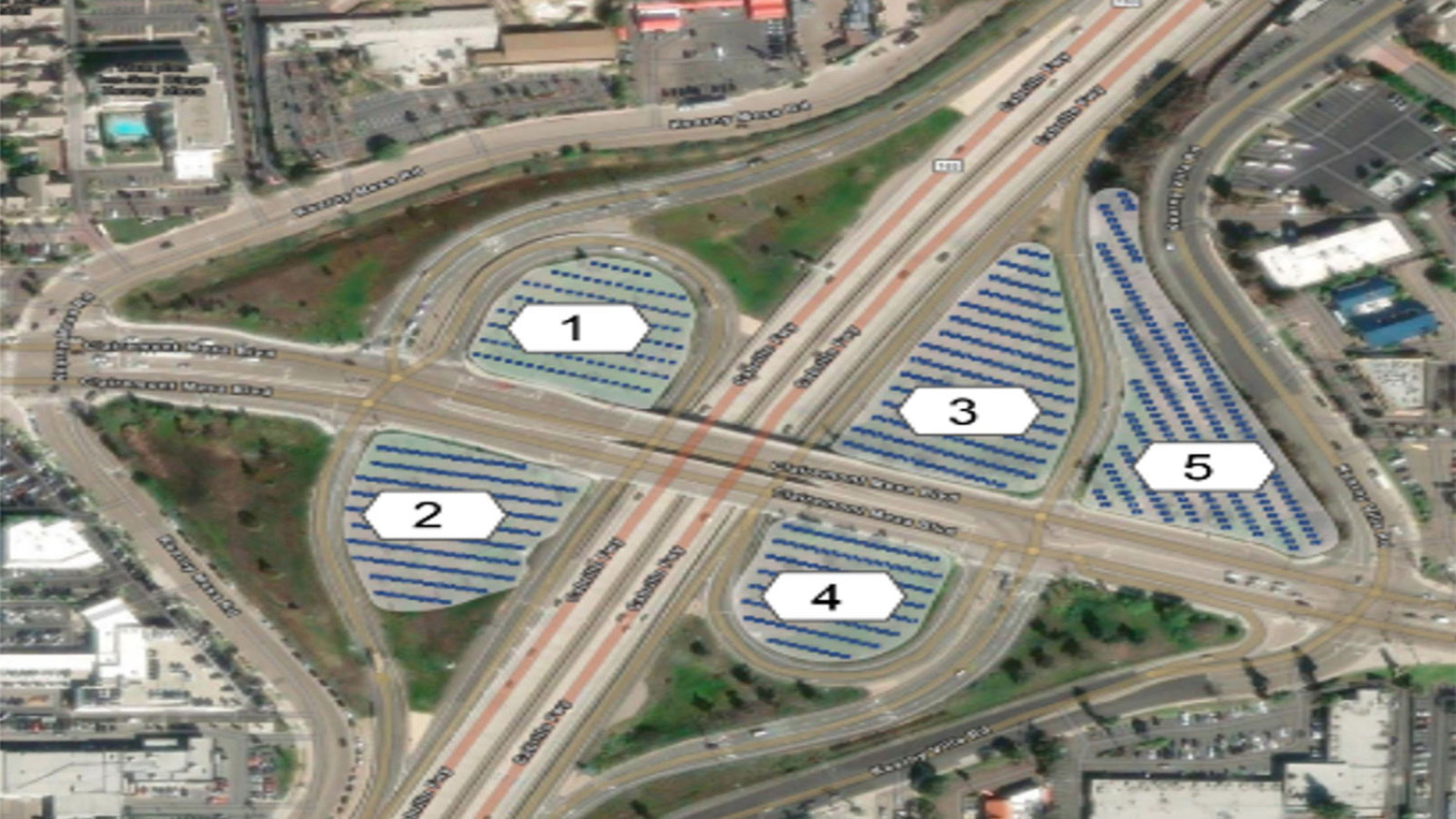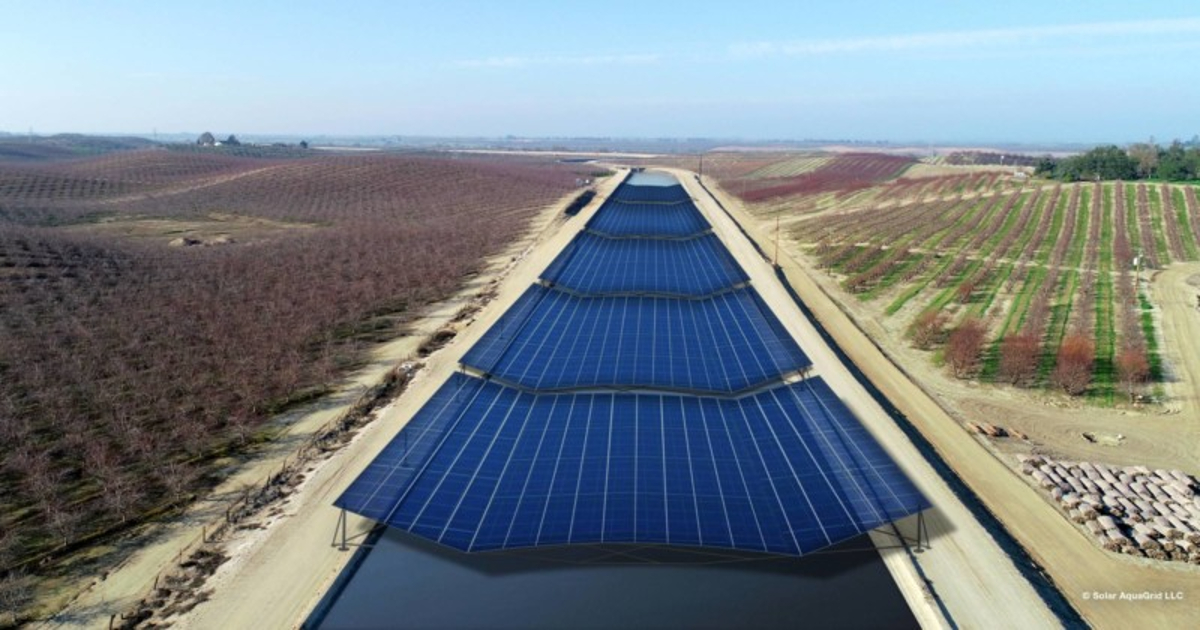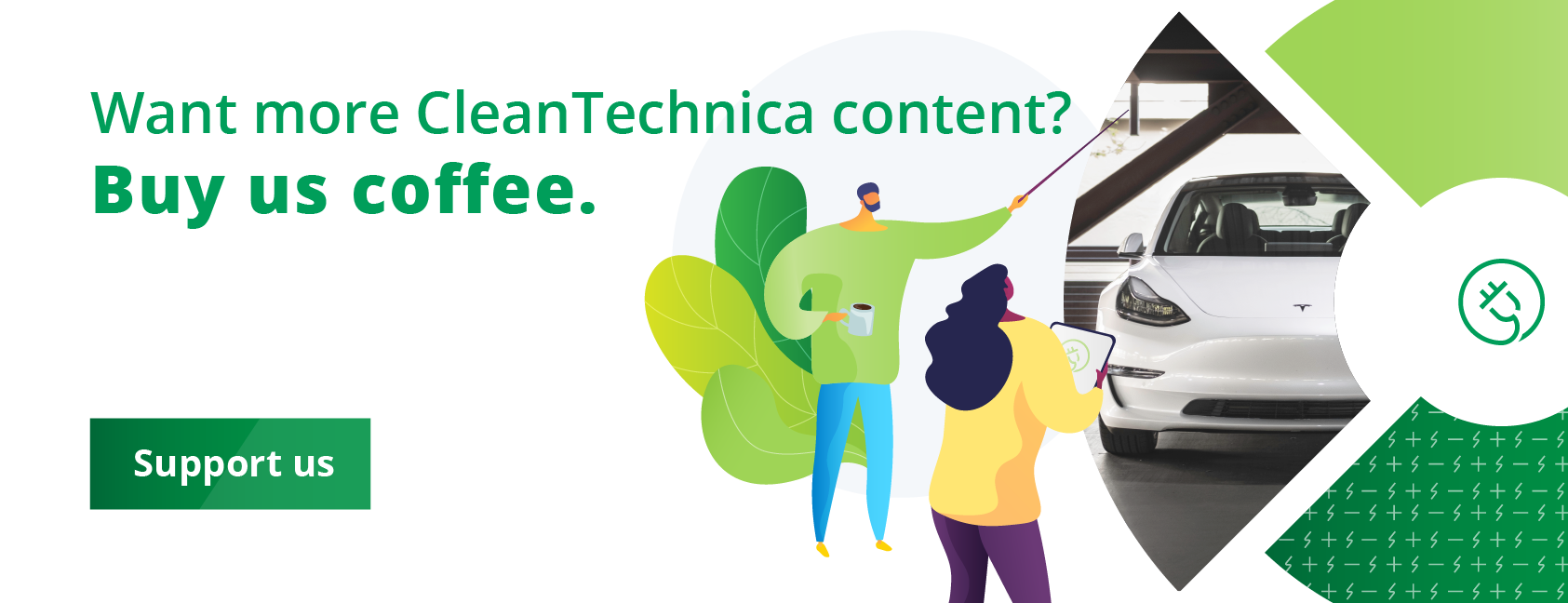
Everybody is in favor of renewable energy, just as long as they don’t have to look at solar panels or wind turbines. Oddly, those same people don’t care a fig if there is an oil derrick or fracking rig in their backyard or in the farmer’s field next door.
The Ray is a solar power advocacy group that has a novel idea. It says the various state transportation departments own and maintain significant amounts of land along highways. These “right-of-way” areas are appealing locations for renewable energy development for many reasons including:
- unshaded acreage
- ease of access
- public ownership status
- lack of competing development efforts
Renewable energy development along our roadsides has the potential to help states reduce their energy costs, reduce their land maintenance costs, increase resilience and local energy security, create new revenue streams, and meet broader renewable energy and greenhouse gas emission targets, according to The Ray.
Several states — including Oregon, Massachusetts, Maryland, and Georgia — have already developed solar projects along highway rights of way. In 2020, the Georgia Power Company commercialized a one megawatt solar array along a highway that features native flowering plants as ground cover within the solar array, making Georgia the first in the nation to install pollinator friendly ROW solar.
Highway Solar In Maine
The DOT in Maine has completed the installation of solar energy parks at three sites — one at the Augusta airport and two others inside Interstate 95 interchanges at Exits 109 and 112. The three PV farms are supplying zero emissions electricity to the state capitol complex. They are expected to save the state $7.2 million in energy costs over 20 years while reducing carbon dioxide pollution from thermal generation of electricity.
Joyce Taylor, chief engineer for Maine DOT, said the agency is putting extra land to good use. “The DOT owns a lot of property but it’s not like you can do affordable housing in it,” she said. “We can’t really put a lot of things in there, so that’s a really good use of our land to a.) try to get some money back for the taxpayers and b.) have a greener footprint.” She told the Maine Beacon the solar arrays will generate about 8.5 megawatts of solar power and reduce the state’s carbon emissions by 2,000 metric tons a year.
California Is Ideal For Highway Solar
The idea is catching on in California, where Environment California is using the services of The Ray to identify areas along that state’s highways that could be adapted to solar energy production. It says using vacant land along highways comes with a variety of benefits for local communities and the state.
- Increase speed and reduce conflict: One of the strongest benefits is that the state already controls all this idle land in its highway rights-of-way, which reduces conflicts and makes it easier to lease or otherwise develop sites for solar energy generation. Because these areas are controlled by the state and are often near existing transmission lines, panels can be built quickly along highways in comparison to large, utility-scale solar projects, which can take six years to complete and 13 years just to plan and construct necessary transmission lines that connect the power to the electric grid. Building solar infrastructure along highways in already developed or disturbed areas also avoids many of the land use and conservation concerns that come with siting large amounts of clean energy infrastructure in environmentally sensitive areas like California’s deserts.
- Contribute to a clean energy future: Putting solar along highways can also contribute significantly to achieving a future powered by clean energy in California. Los Angeles, Ventura, and San Diego Counties have impressive solar power potential that, if fully realized, could generate significant clean, renewable energy that promotes cleaner air and fights climate pollution caused by burning fossil fuels for energy. Installing this solar along highways throughout the state can boost energy reliability, especially when extreme heat waves strain the electric grid, and expand the benefits of clean energy to all Californians. When paired with battery storage systems, these installations can continue providing clean energy to the electric grid even after the sun sets.
- Save money and generate revenue: Solar along highways presents an opportunity for California to generate revenue from lease payments and electricity generation while potentially saving money by reducing ongoing roadside maintenance expenses. Solar developers can take on the responsibility of maintaining their sites along highways, which can reduce maintenance costs for the state.
- Leverage the full productivity of existing highways: The Federal Highway Administration issued guidance in 2021 encouraging utilization of state rights-of-way for renewable energy generation. The agency notes that these projects help leverage the full productivity of existing highways, reduce pollution and greenhouse gasses, promote energy security and diversity, foster green jobs, create a potential state revenue source and reduce ongoing maintenance expenses. Additionally, the Biden Administration considers repurposing transportation rights of way for energy infrastructure like solar and transmission to be a net-zero game changer that can help the country meet its climate goals.

Proposed solar at highway interchange in San Diego. Image courtesy of The Ray
The analysis from The Ray identified several right of way opportunities in Los Angeles, Ventura, and San Diego counties that could generate enough clean energy to power more than a quarter million homes. The planning tools available from The Ray could help the other 55 counties in California identify solar energy opportunities along their own rights of way to help the state meet its goal of utilizing 100% renewable energy. Among other things, the permitting process would be significantly faster for installations that use public lands that are not surrounded by residences where NIMBY pushback would be likely to occur.
Solar Over California Canals

Conceptual rendering of spanning the 110 foot-wide TID Main Canal. Image credit: Turlock Water & Power
This idea is similar to a plan to install solar panels over portions of the hundreds of miles of aqueducts and irrigation canals in California. Not only would the panels produce solar energy, they would reduce the growth of algae and aquatic weeds that can degrade the performance or the canals.
There is another huge benefit to the idea. The solar panels over the canals could prevent the loss of up to 65 billion gallons of water a year due to evaporation. In a state plagued by drought, that’s an important consideration.

The Takeaway
It’s clear the world needs to transition to renewable energy. It’s also clear that powerful forces funded by fossil fuel interests are using every trick in the book to hold back the transition away from thermal generation in order to appease their investors (and line their own pockets). Those efforts include turning renewable energy into another culture war, as if America needs more of that anti-woke nonsense.
Siting solar installations near highways and over canals may not solve all the NIMBY issues, but combine those ideas with putting solar panels on carports and roofs of commercial buildings and a significant portion of the clean energy needed to address the global heating crisis could be had quickly with no loud confrontations at endless public meetings. It’s an idea that deserves wider consideration.
I don’t like paywalls. You don’t like paywalls. Who likes paywalls? Here at CleanTechnica, we implemented a limited paywall for a while, but it always felt wrong — and it was always tough to decide what we should put behind there. In theory, your most exclusive and best content goes behind a paywall. But then fewer people read it! We just don’t like paywalls, and so we’ve decided to ditch ours. Unfortunately, the media business is still a tough, cut-throat business with tiny margins. It’s a never-ending Olympic challenge to stay above water or even perhaps — gasp — grow. So …




